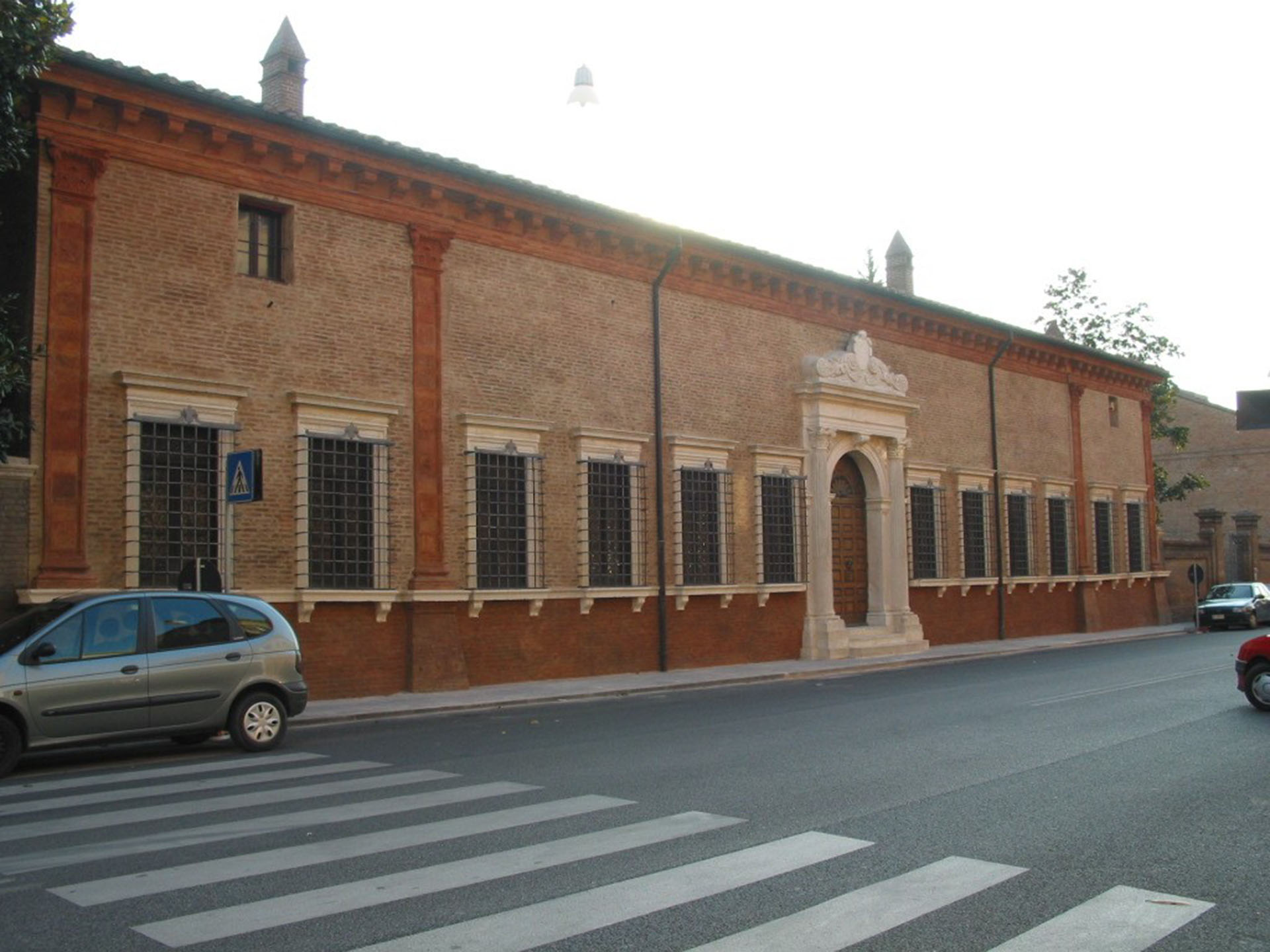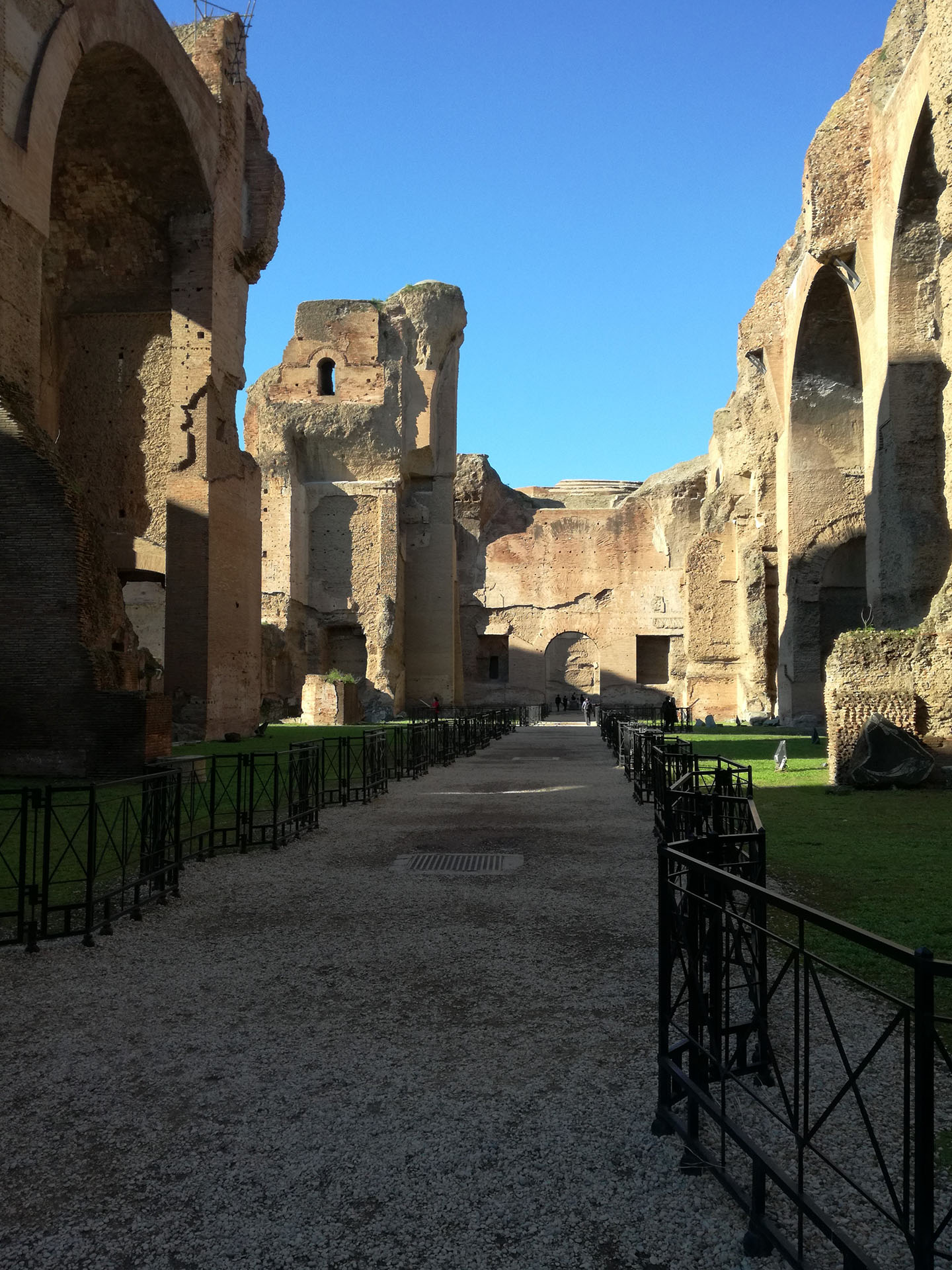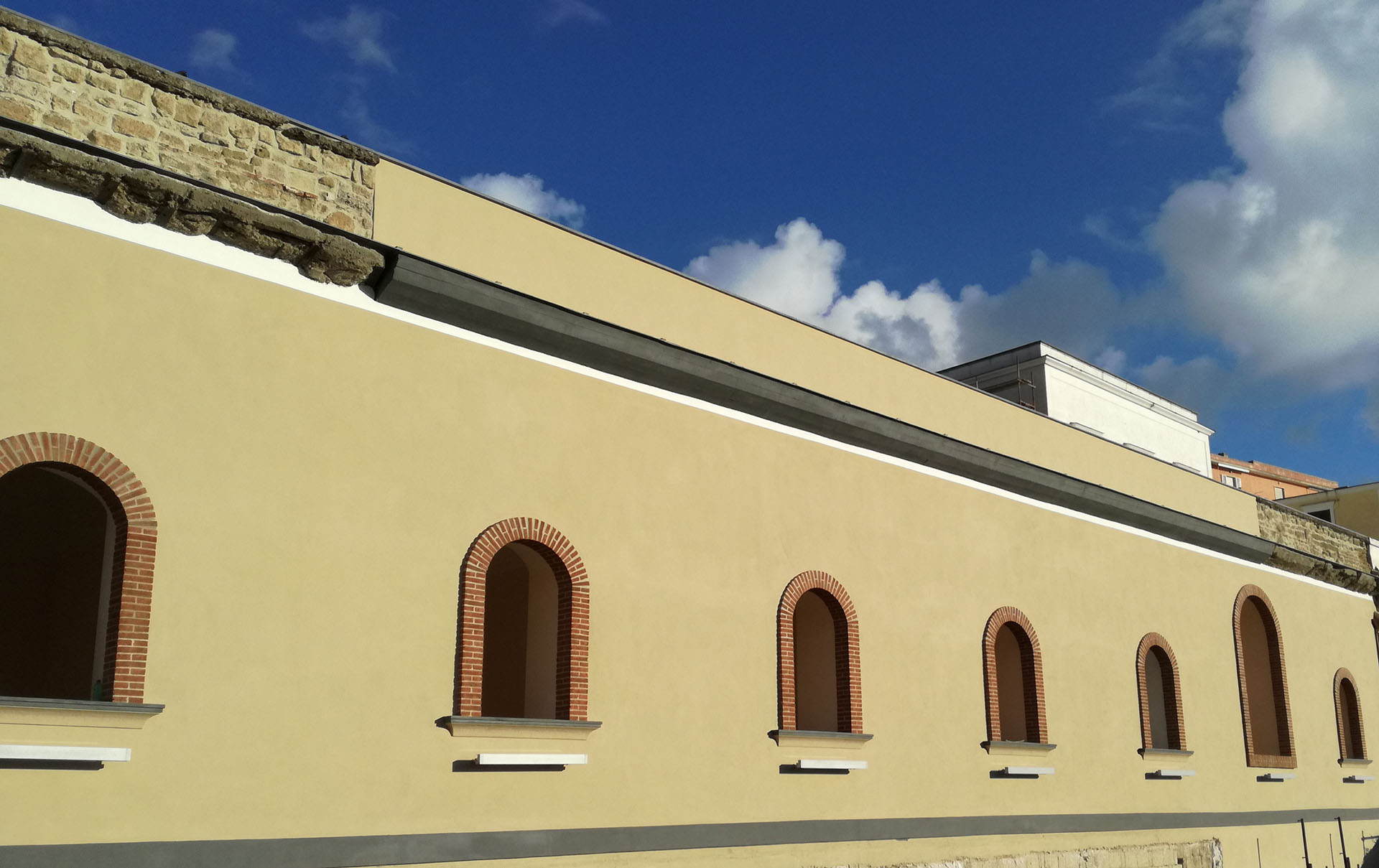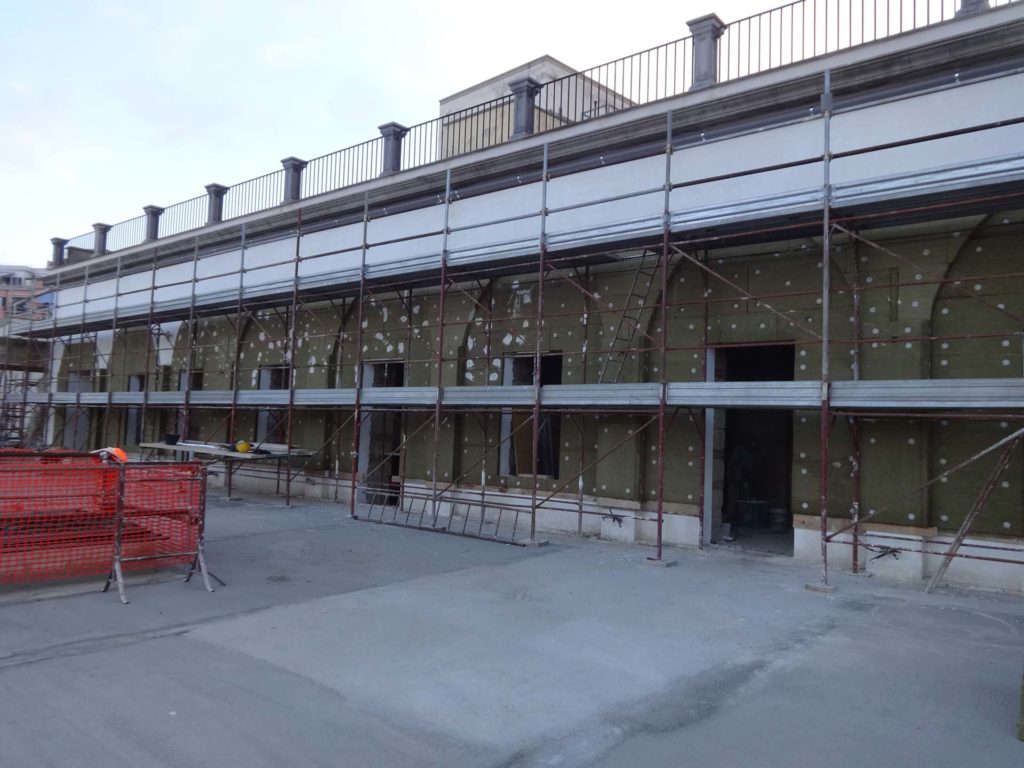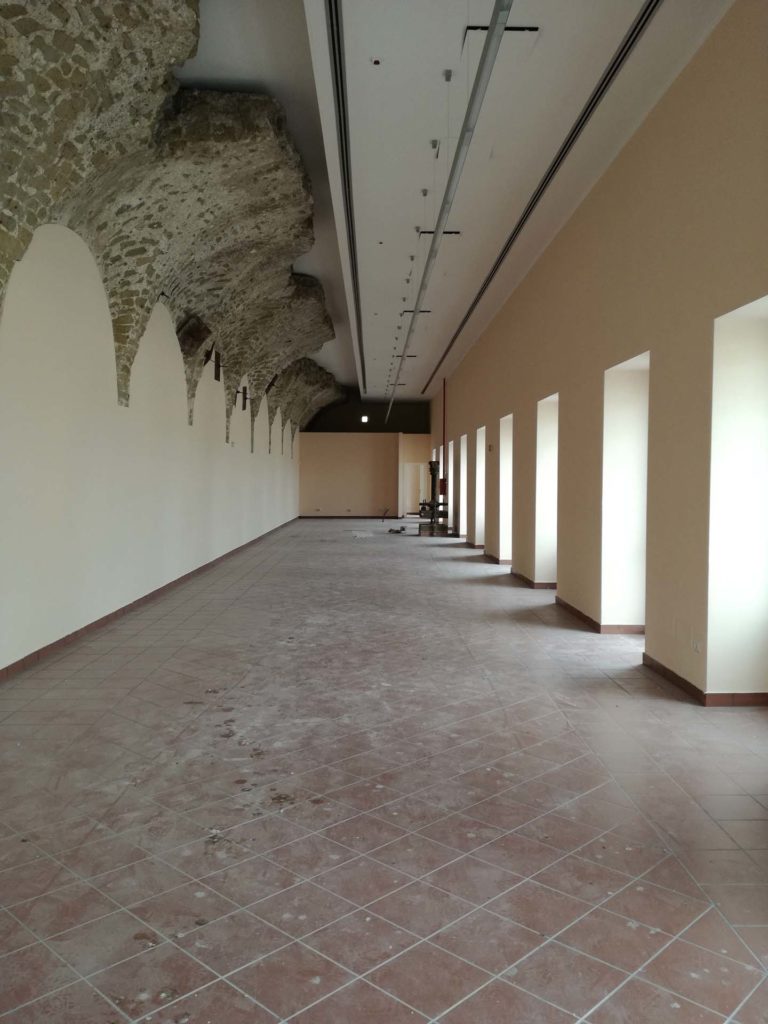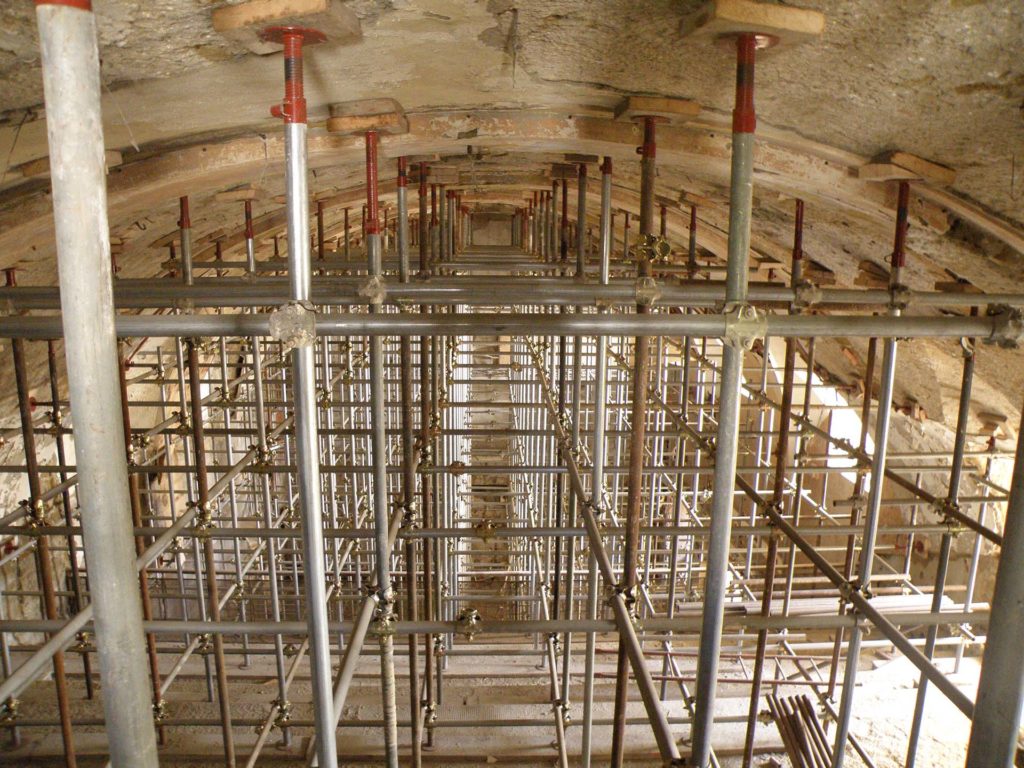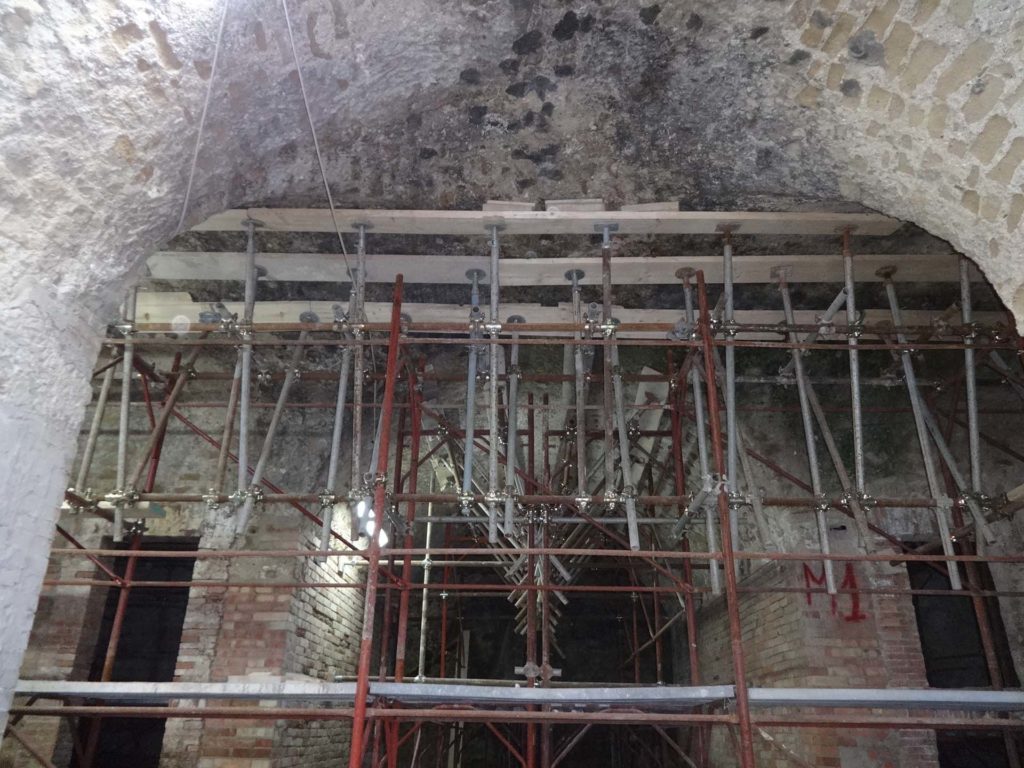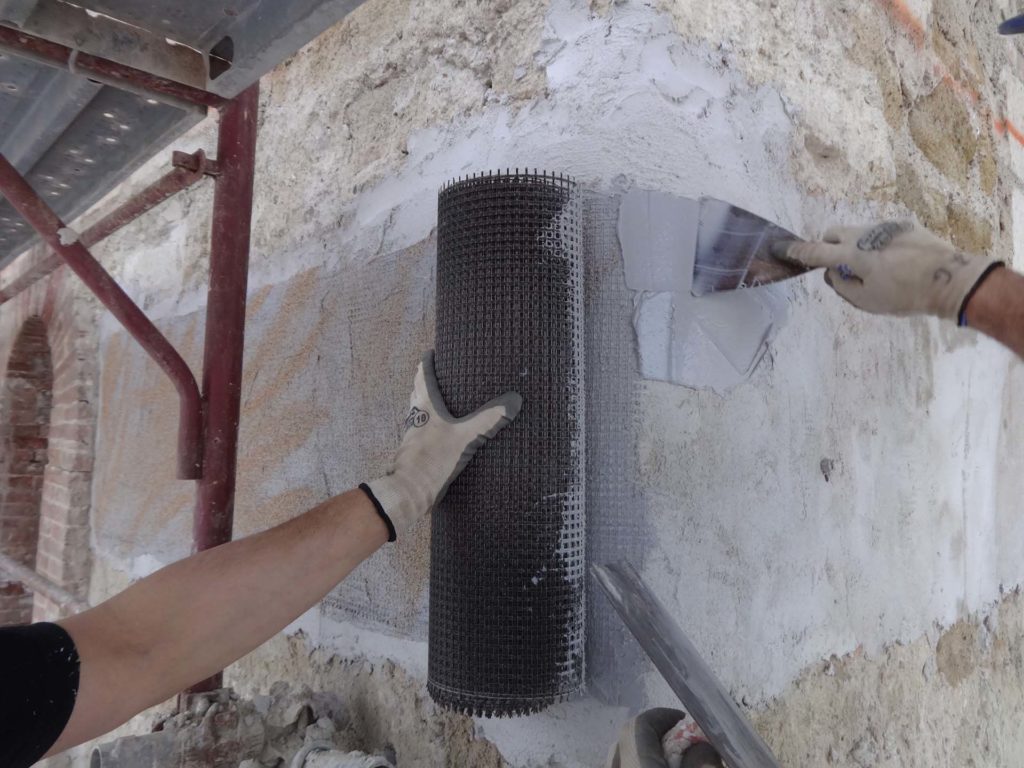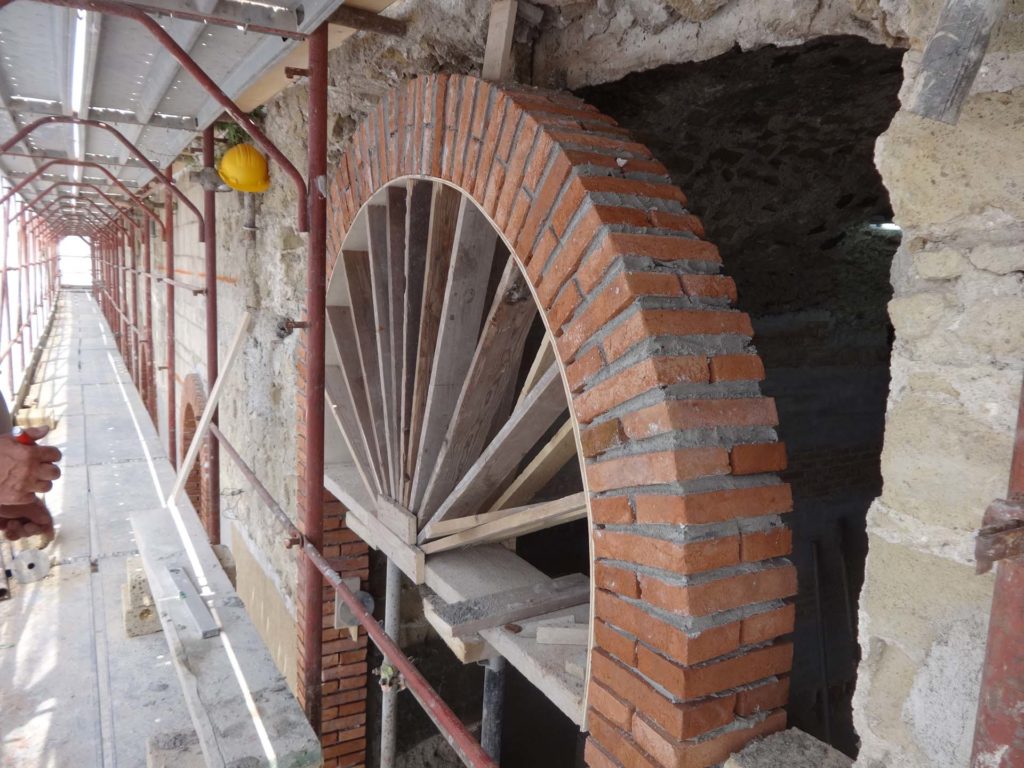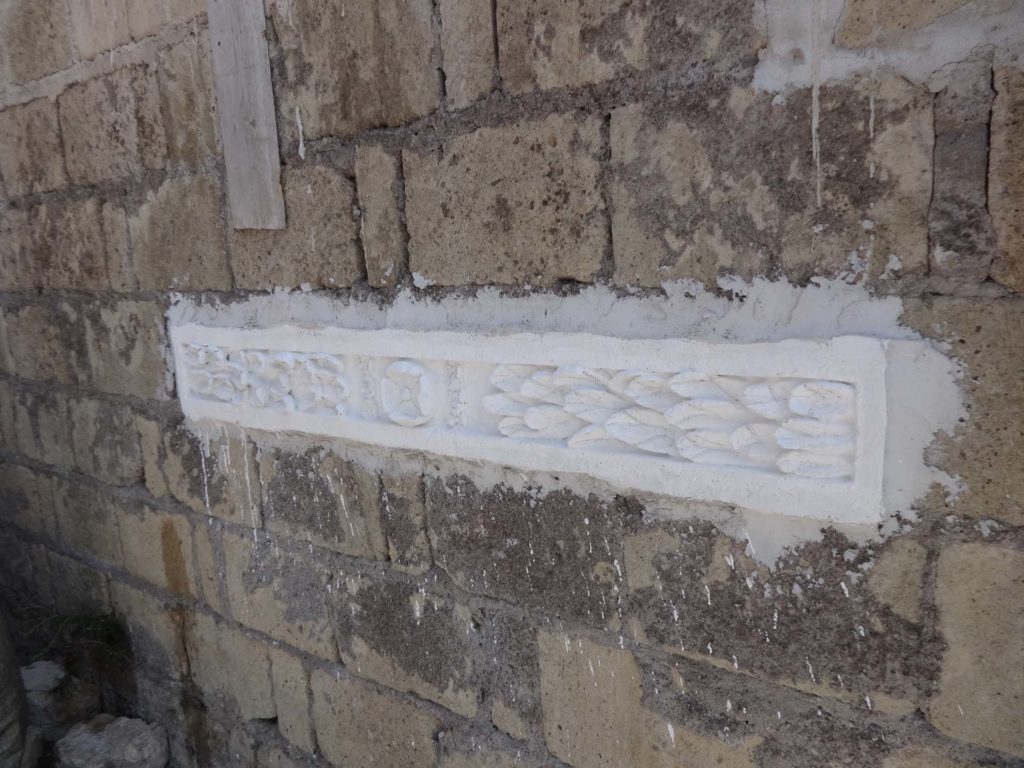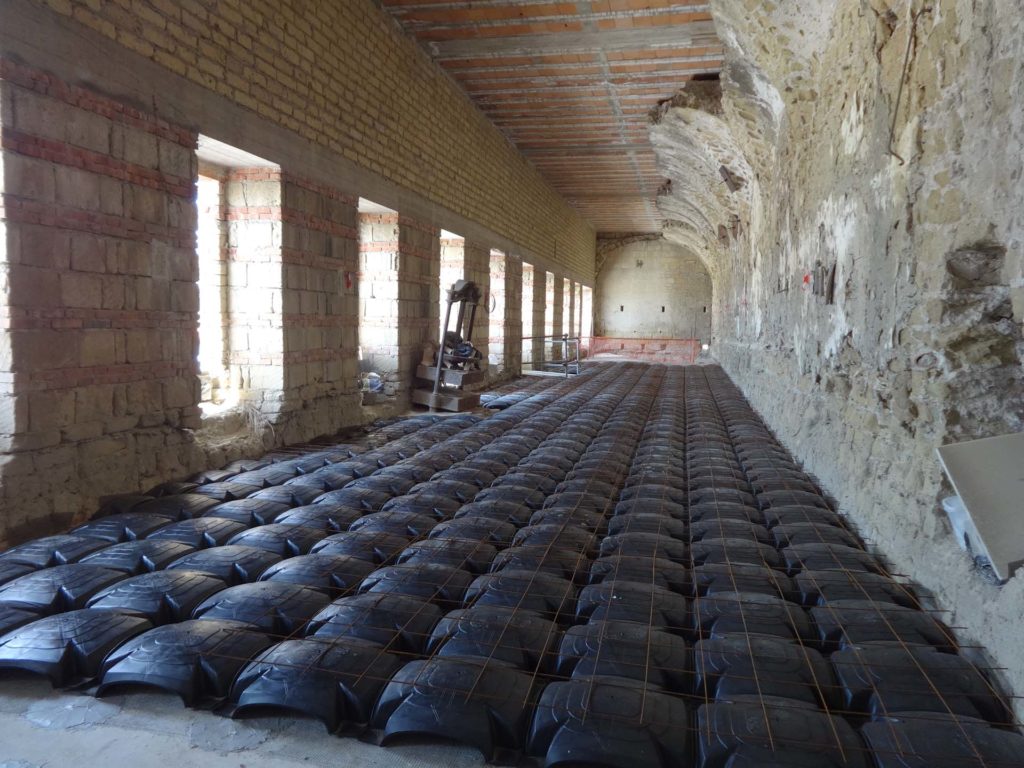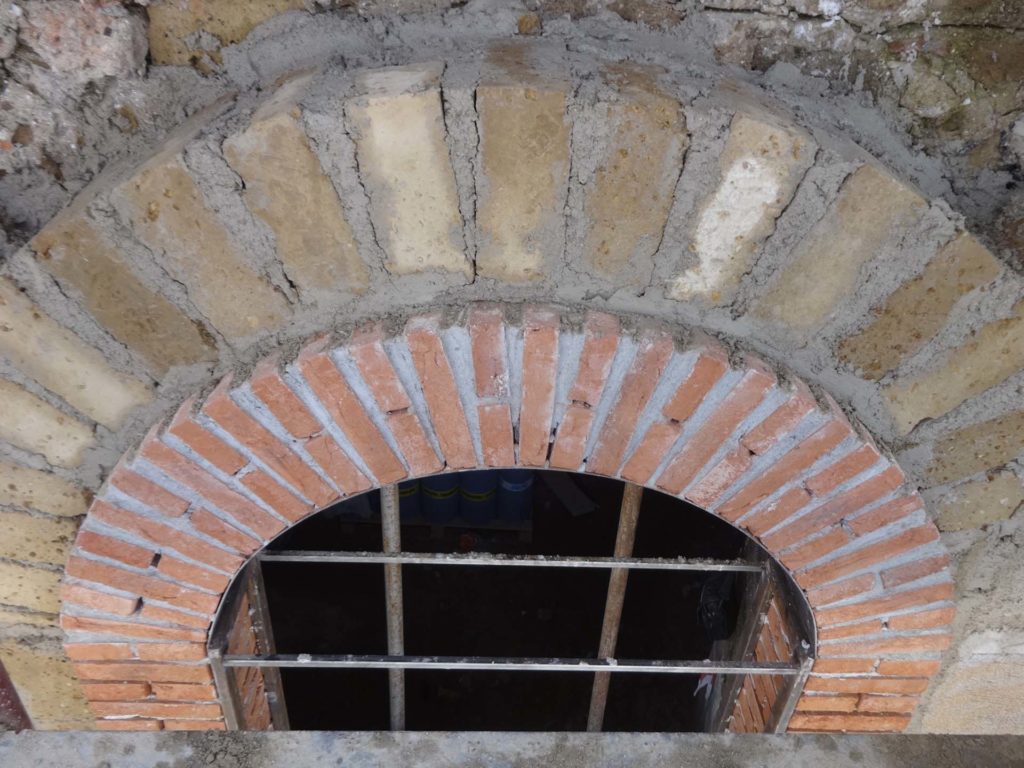Toledo Complex - Pozzuoli (NA)
The Toledo Complex, Viceroyal residence in Pozzuoli, consisted of, in addition to the main body, a watch tower and the cavalry, a low, long building that housed the soldiers' quarters and stables. From a more strictly urban planning point of view, the strategic location of the Toledo Complex is highlighted; it was situated at the crossroads of the main access roads to the city, facing the gulf and the harbor, and was surrounded by a lush and vast garden.
The tower had the task of defending the palace, but also of controlling the entrance to the harbor, and was part of a defensive system, which reported to the castle of Baia. The mansion was built around two rectangular courtyards, partly porticoed, and had two nearly square, walled gardens with rectilinear tree-lined avenues, fountains, fishponds and belvederes; it consisted of numerous rooms, all embellished with tapestries and frescoes, and adorned with numerous marble decorations, columns and statues from the Roman period found during the construction of the palace itself. In contrast to the interior, the exterior architecture is simple and severe whose only special feature is "a strong and beautiful tower."
The palace remained the property of the viceroy of Naples from 1616 to 1620. After his death the palace, at least throughout the seventeenth century belonged to the Toledo family, but when they left Pozzuoli to return to Spain, the Viceroy's residence experienced an initial period of neglect until 1872 when, based on a design by arch. Ernesto Villari, two more floors were added for use as a Pozzuoli hospital, a function it maintained until 1970. For a brief period it housed the Civic Library but, was permanently abandoned after the bradyseism of the 1980s.
In 2005 the Toledo Complex was designated as a Library and Historical Archives. In this new guise the home of Don Pedro de Toledo, was reopened to the public in March 2009 and housed the Historical Archives, the Civic Library, the Cultural Heritage Office and the Multimedia Activities Office, thus becoming the Cultural Pole of the City of Pozzuoli.
Restoration Work involved the static consolidation and restoration of the "Toledo Passage," as well as the construction of a new Connecting Body. Fundamental intervention is the restoration of the Toledo Tower, damaged due to vandalism, and the renovation and new distribution of the Outdoor Theater of Villa Avellino. The intervention concludes with the construction of water, electrical, fire and special systems.
